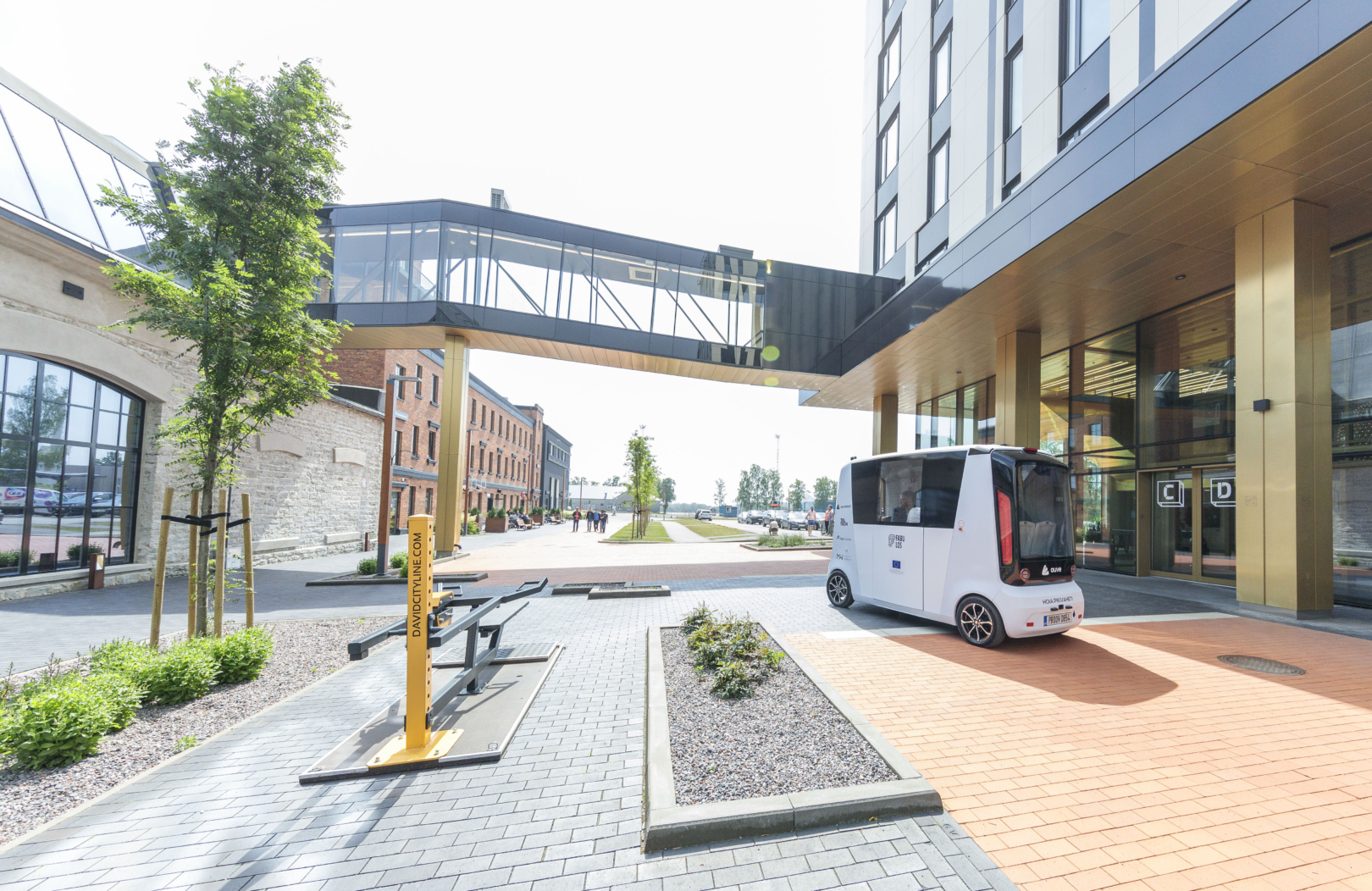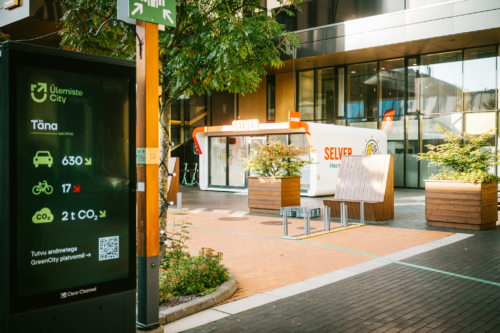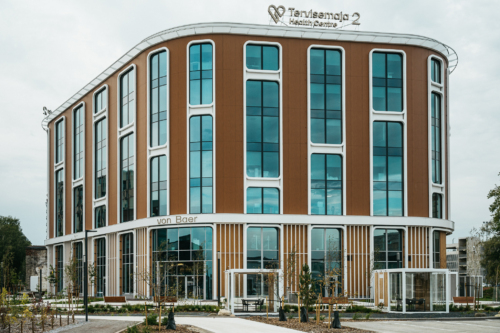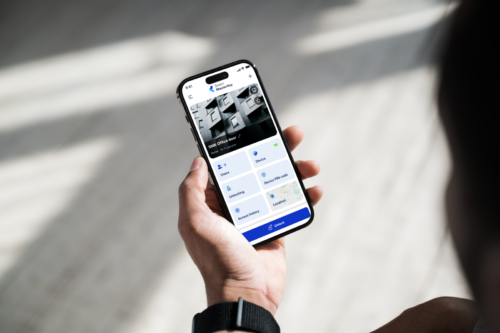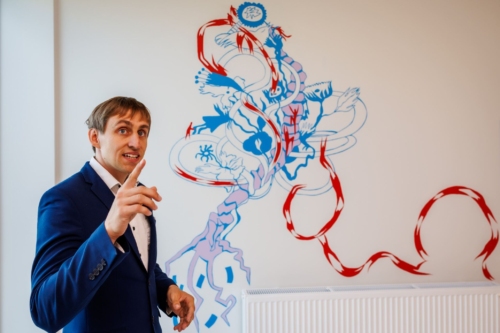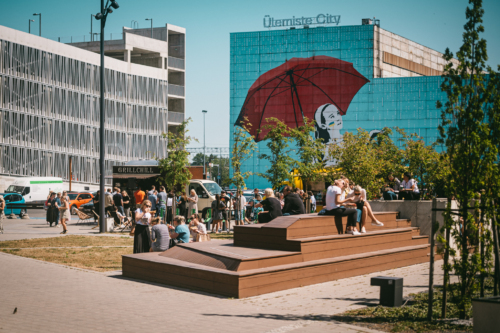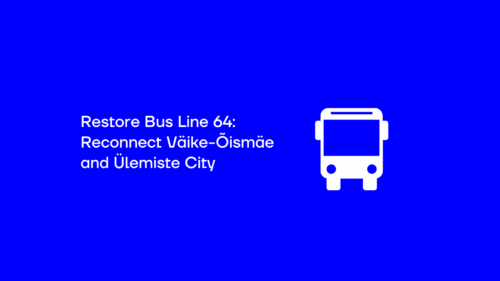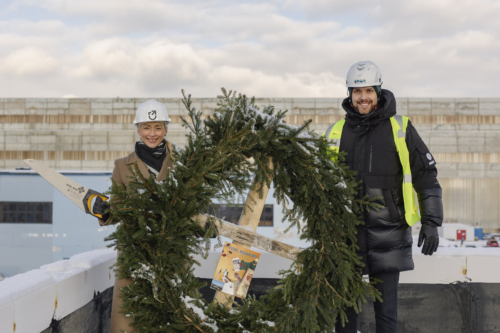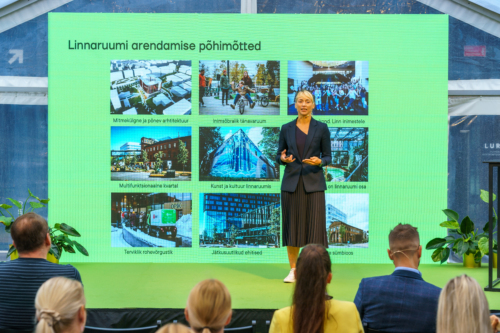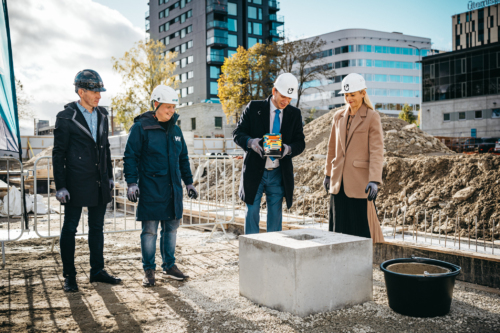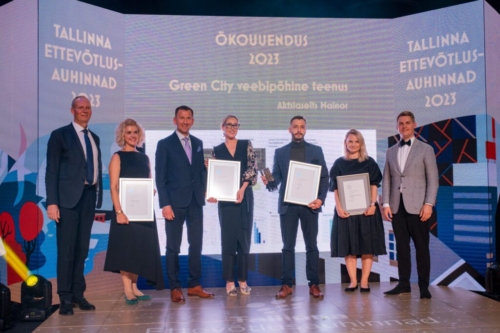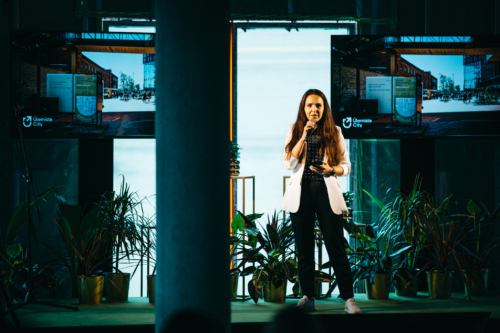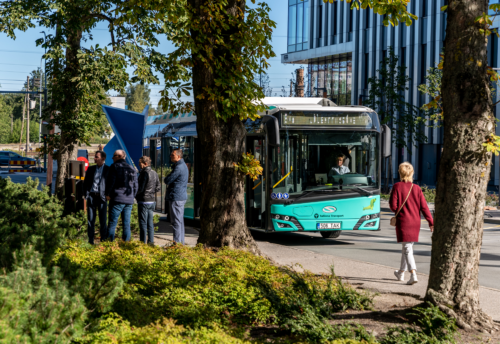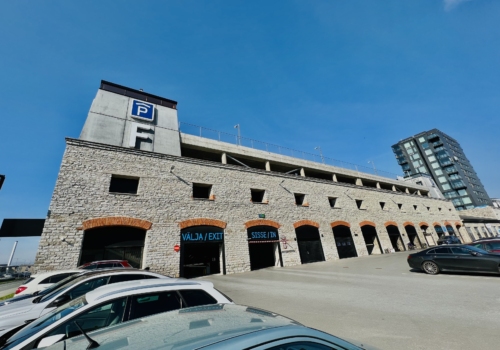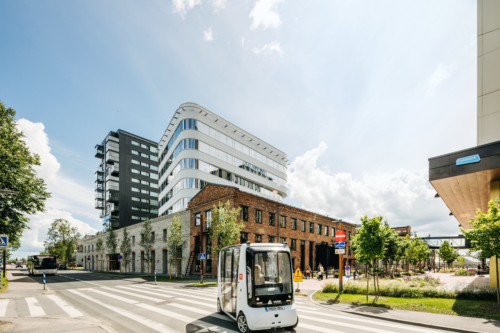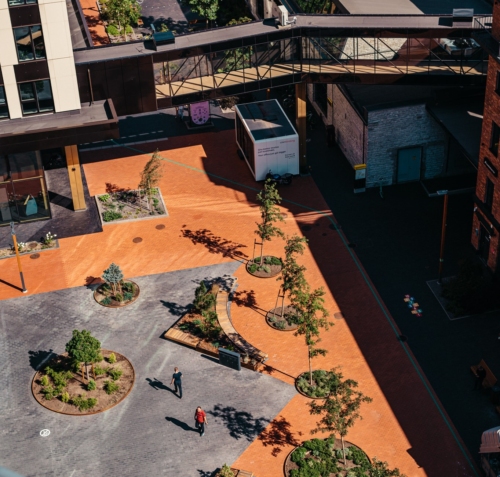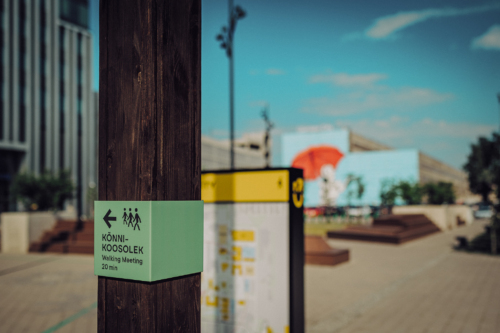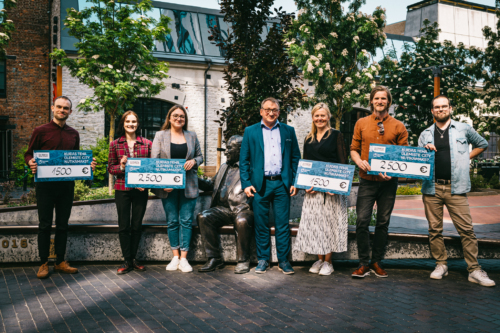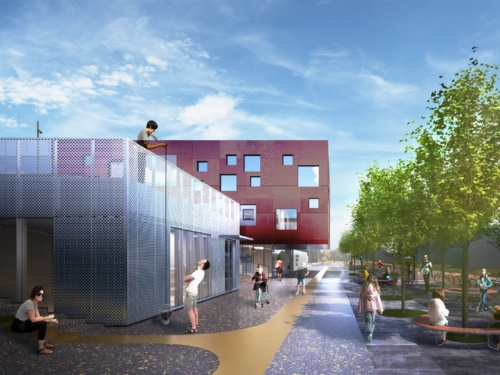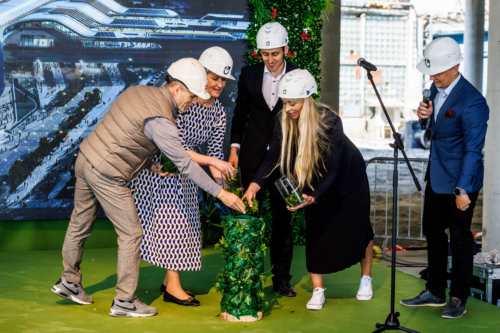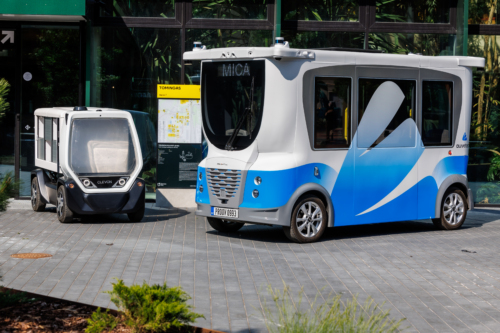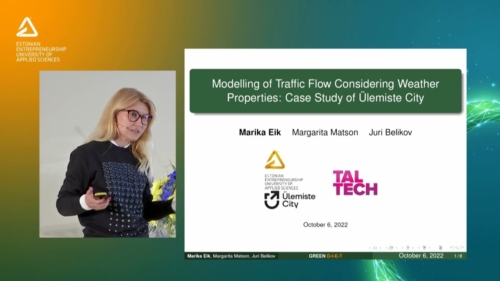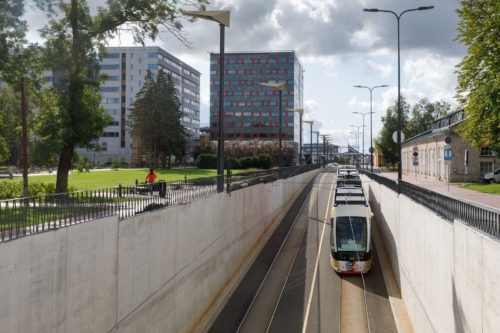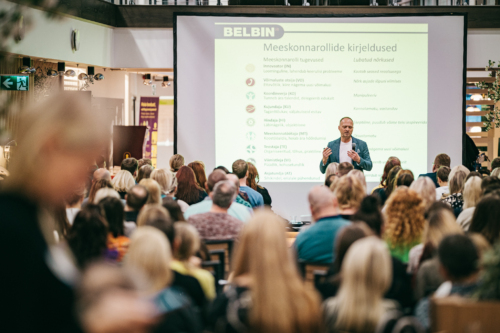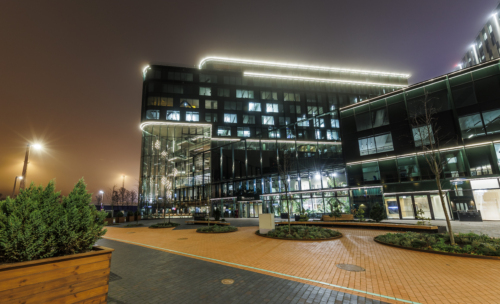What did we learn from the world’s first self-driving public transport service?
Estonia is playing a significant role in shaping the future of traffic based on self-driving vehicles. Specifically, last summer, for the first time in the world, self-driving public transport was integrated into ordinary traffic in Ülemiste City. The project was a success, but the hinterland is still unexplored for many. What was the feedback and what we learned?
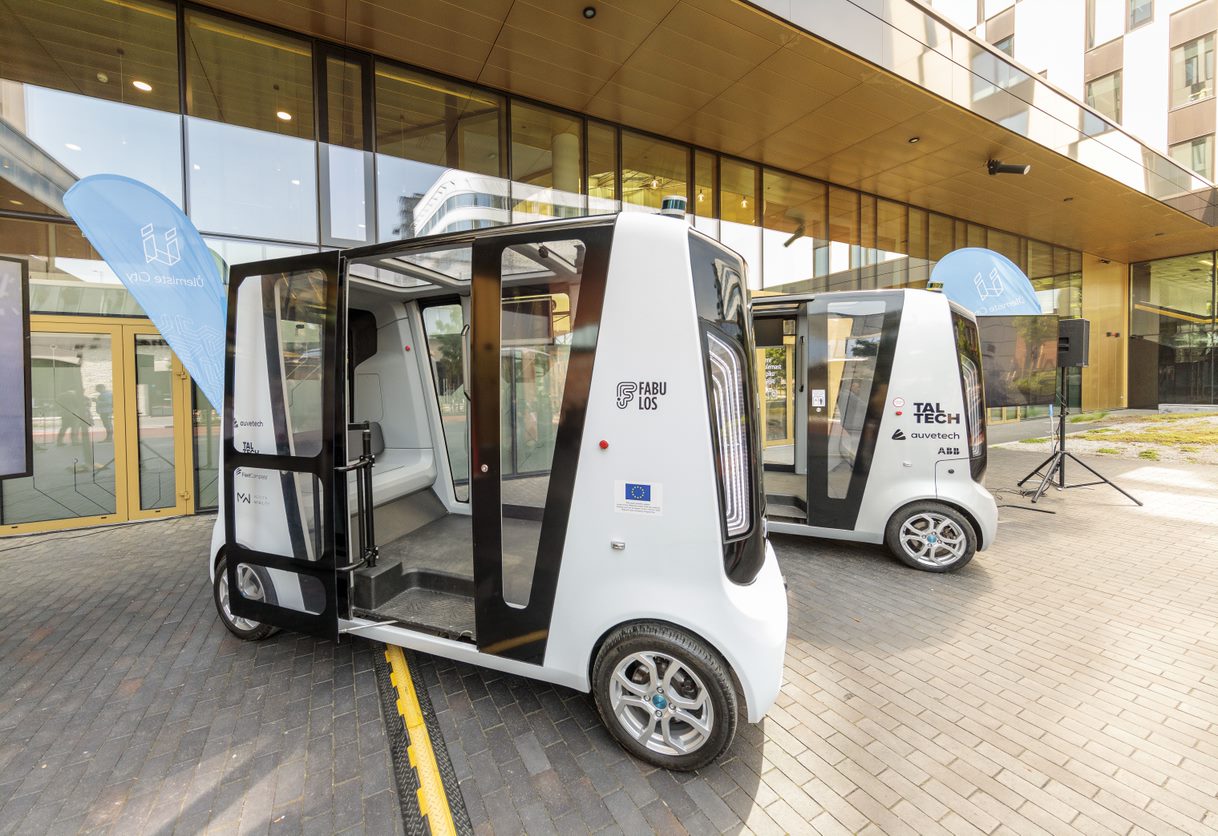
The self-driving car drove more than 2000 kilometres in total and served more than 500 people
The consortium’s partners in the self-driving car project were Modern Mobility, TalTech, Auve Tech, Fleet Complete – all developed the vehicle and the service platform on an ongoing basis. This is nicely illustrated by the system that transmitted the movement of buses to the bus stops in real time. While a self-driving bus was being tested in Kadriorg, Ülemiste City already had a separate service platform that combined buses, smart stops, and a control centre into a single mobility ecosystem.
‘In the course of this pilot project, we have not yet been able to offer demand-based transport, but we plan to try it in the future,’ says Ursel Velve, Chief Innovation Officer at Ülemiste City. She goes on to say that in this case the buses would come when there is a real need to travel, and the efficiency of the routes will be adjusted according to demand by the software application. Based on the experience gained, the aim is to be the first in the world to provide a last-mile service based on self-driving buses, which would be connected to the conventional public transport network.
During the three months of the project, more than 500 people drove the self-driving car and covered a total of 2500 kilometres. It was a sufficiently long period to fully assess self-driving in real conditions. The duration of the service was predetermined by the EU project. The consortium will now offer a similar service in another part of Europe, such as Lamia in Greece, as part of a project called FABULOS. The grand goal of this venture is to integrate self-driving buses as a natural part of our traffic.
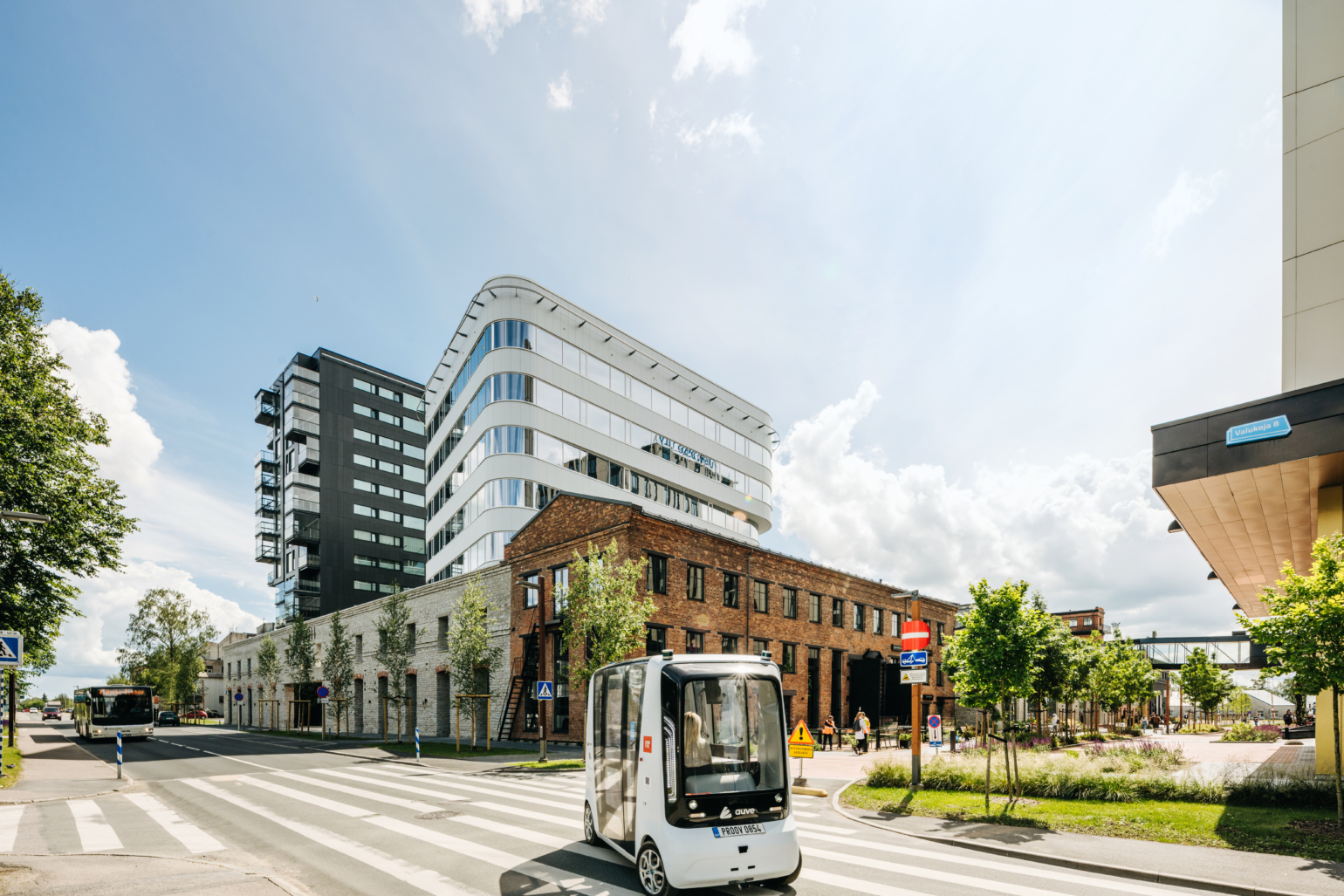
In the future, self-driving transport will become demand-based
Whether self-driving machinery could replace traditional public transport, cars or walking depends largely on the weather. The pilot project was carried out in the summer, but in the future the self-driving car will be tested in other weather conditions as well.
‘In the future, we definitely want to take part once again in some innovation project or venture set up by the European Union to test self-driving vehicles even more,’ continues Velve. ‘In the near future, the machines would be driven based on demand, for example, they could be ordered via an app or a smart bus stop. The system would plan the route according to people’s needs, and empty buses would be a thing of the past. This would also allow the large buses currently passing through the city to run only on the main highways, where self-driving vehicles would transport people in advance based on demand.
By the way, in Ülemiste City, the teleoperation of the self-driving car in normal traffic was also tested in the summer, where the bus was controlled from the 10th floor of a high-rise building. TalTech has proven that with the help of 5G these buses can be driven from another country, the self-driving car located on the territory of TalTech has been driven from Germany, for example.’
The self-driving car passed the traffic test just like all other drivers in traffic
It must be mentioned that the buses also passed the Estonian Road Administration’s traffic exam, just like all other drivers in traffic. As is fitting, the roadworthiness test was carried out before going on the roads. Among the major advances is the bus’s ability to cope under rather difficult traffic conditions – the Ülemiste route had several intersections, left turns, tram crossings, pedestrian crossings, etc. By way of comparison, the self-driving bus travelling in Finland within the framework of the same project made only right turns, i.e. simply put, it drove in circles.
Undoubtedly, the technology of self-driving buses and the buses themselves are evolving at a rapid pace, and Auve Tech also considers the feedback received from this pilot project. In the passengers’ feedback, there was a desire that the bus could travel faster. This factor is opposed by the regulation of the Estonian Road Administration to ensure greater safety. ‘In addition, more routes with greater flexibility were expected,’ adds Velve. Of course, we cannot forget the recent traffic accident, which was covered in the media. It was learned that ordinary drivers are not yet fully prepared to assess the speed of self-driving vehicles. However, the most important part is the signal from passengers that self-driving vehicles are ready for arrival and ready to be ‘socially’ accepted.
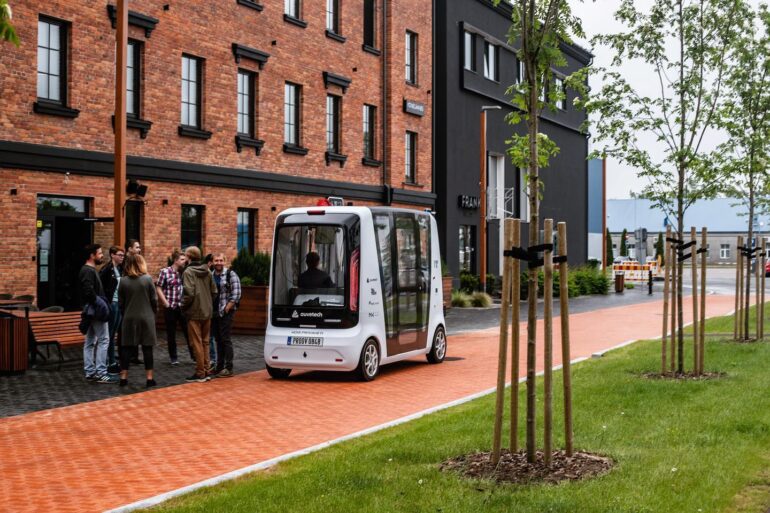
The people in ülemiste City have a very positive attitude towards autonomous vehicles and are ready to continue testing its service. “We even saw older ladies bringing their girlfriends and grandchildren to test it out,” Velve smiles. Both riding and safety experiences were highly valued. People are not afraid to ride with a self-driving car. A surprisingly large proportion – as many as two-thirds of the respondents – agreed to prefer it in their daily movements, and more than half would be willing to test the vehicle even without a security operator.
Driving tests did not escape without humorous instances
People in the Ülemiste region are very optimistic about the self-driving car and are ready to test and try out its service in the future. Sometimes, we saw even older ladies bringing their girlfriends and grandchildren here,’ smiles Velve. Both driving and safety experiences were highly valued, people are not afraid to ride in a self-driving car. A surprisingly large proportion – as many as two-thirds of the respondents – agreed to prefer it in their daily movements, and more than half would be willing to test the self-driving car even without a security operator.
Tanel Talve, a representative of the endeavour’s leading partner, Modern Mobility, also notes that in addition to enthusiastic testers, several humorous things happened. ‘We once found an elderly lady at the Lennujaama stop, who, despite her heavy bags and belongings, refused to board the self-driving car, calling it also a machine from hell,’ says Talve with a grin. When asked where the lady is going, she answered that towards Öpik building, which also happened to be the end stop for the self-driving car. ‘In the end she refused to get in the car, but the next day she was back with two girlfriends for her first joyride,’ he said with a grin.
